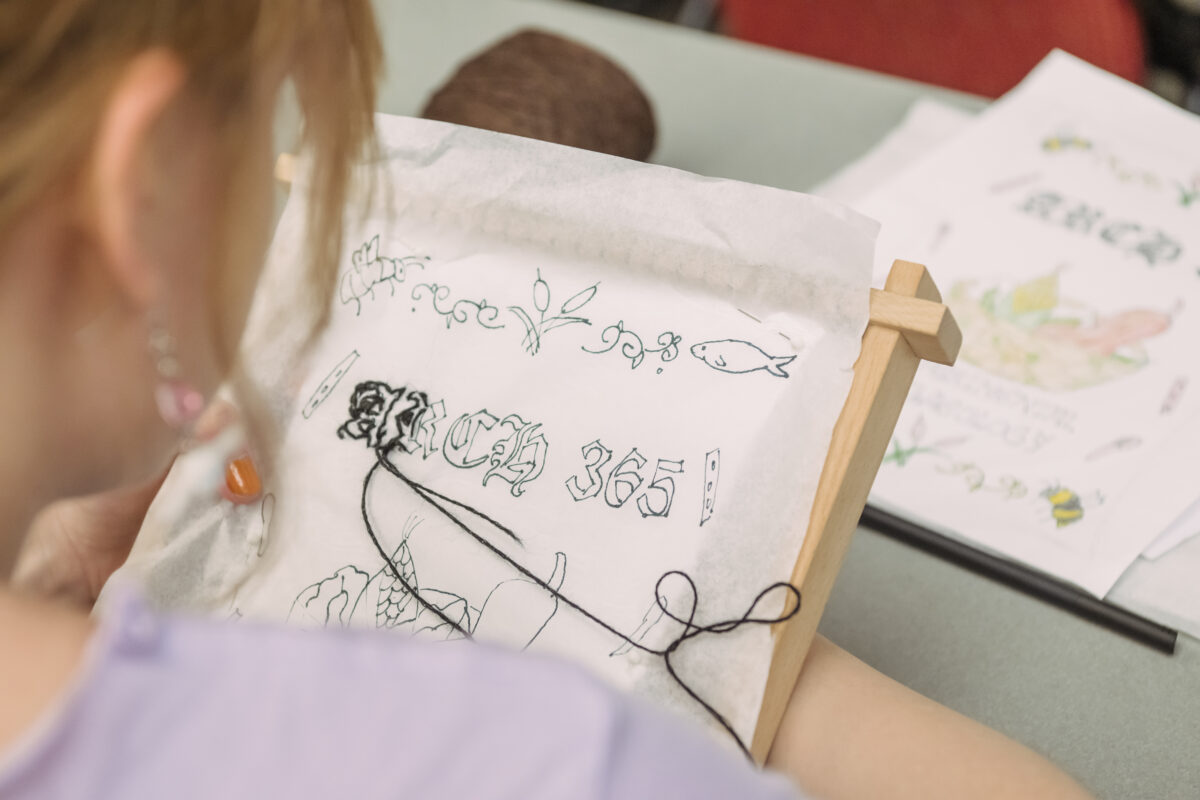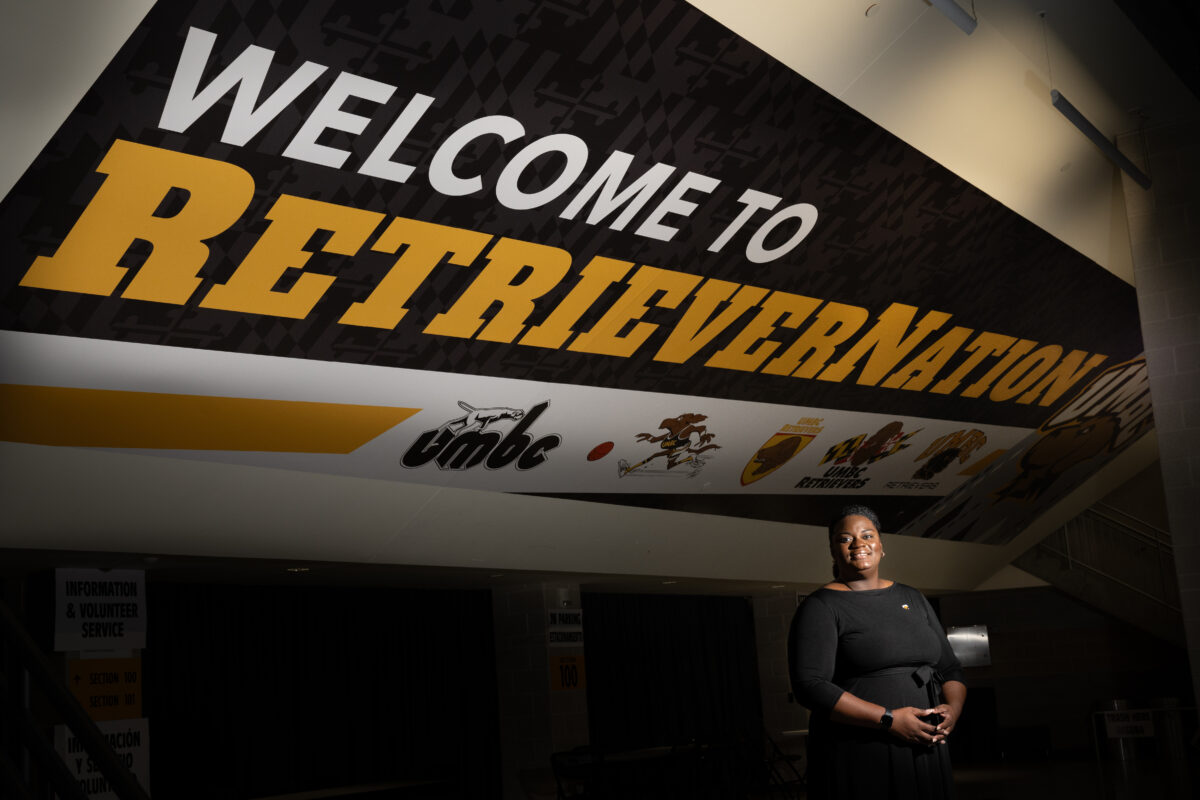Fieldwork with the O’s
While spring brings the return of baseball season and Baltimores beloved Orioles, the Os avian namesakes arent due to migrate back to Maryland for another few weeks. But when they do come back, its a sure bet that Meyerhoff Scholar and biological sciences and chemistry double major Elizabeth Humphries will be watching.
For the many undergraduates involved in research at UMBC, the return of warm weather means its time for fieldwork. For Humphries and other students under the mentorship of evolutionary biologist Kevin Omland, spring is the time to trade lab coats for binoculars.
But this type of bird-watching is no leisure activity. Ive been bitten by a horse during a nest watch and I couldnt do anything because that would ruin the data. Fieldwork is rough, she says.
Humphries and other students in Omlands lab are studying the oriole population to try to help answer why Northern, migratory species (like our Baltimore orioles) have brightly-colored males and dull-colored females, while Southern, non-migratory species have both brightly-colored males and females.
Humphries is focused on the parental care theory, which suggests that the difference in coloring is due to the fact that males are the protectors, while females are the caretakers and thus need to blend in with the environment.
Her research is part of Omlands larger, ongoing project on the evolutionary history and family tree of orioles. There are really quite a few possible theories and were trying to go through and address them one at a time, says Omland.
Omlands experience with undergraduate researchers has been very positive. Undergraduates are an integral part of our research. They are total intellectual participants in the lab. It really puts us in a position where I and the graduate students can learn from them. Omland says.
Undergraduates also benefit from the experience. You get to see whether or not something is really as fun as you think or whether youre really interested in the subject, Humphries says.
Im really glad I got to do research because its so much fun, she says. I love my lab and the people who work there. I love the work Im doing. It makes my Tuesdays and Thursdays.
Omland is amazed at the amount of self-motivation that Humphries possesses. Liz is incredibly dedicated. Shes here because she wants to be here, not because shes putting in her 10 hours a week to earn her two credits.
All that hard work is paying off, because in June, Humphries will travel with Omland and Roland Cheung, another undergraduate researcher, to Mexico to establish field sites.
On April 28, Humphries will present her research results at this years Undergraduate Research and Creative Achievement Day (URCAD), a campuswide celebration of undergraduate research and creativity. URCAD 2004 will feature student oral presentations, poster sessions and artistic exhibits and performances. The annual event emphasizes UMBCs commitment to promoting student-faculty interaction and undergraduate participation in research
(4/20/04)



